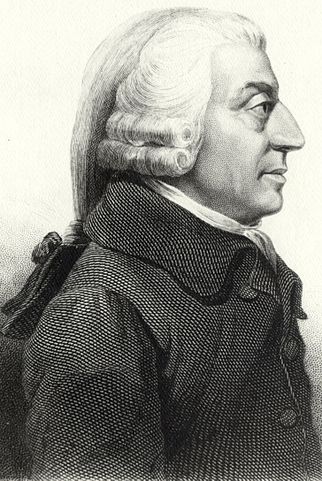Tim Worstall has written an interesting piece for Forbes in the wake of CalPERS’ decision to remove $4 billion from 30 different hedge funds. The premise: What would Adam Smith think about the pension fund’s decision to end its investments with hedge funds?
Worstall writes:
We can look back all the way to 1776 and the foundation text of modern economics, Adam Smith’s “Wealth of Nations” and find a reasonable explanation of what’s happening here. Essentially, hedge funds were a great idea but the innate structure of free market capitalism means that no idea stays great over time.
[…]
When the capitalists (investors) spot someone making those above average profits then they’ll move their investments over into that sector so that they can get them some of those excess returns. All of which is entirely fine and is a reasonable enough description of what happened to hedge funds from their small start in the 60s and 70s up to recent times. They were making higher (risk-adjusted) profits and people were moving more of their capital into them in order to get those higher returns.
However, Smith goes on to point out what happens next. That increased capital in that sector introduces more competition into that sector. Such competition, umm, competes away those excess profits and it’s thus, in the end, the very movement of capital (or investment) in chase of higher returns that leads to the higher returns disappearing. This would be a reasonable description of the hedge fund industry in more recent times.
Certainly, some funds have done very well indeed, but others have tanked. The average return from the industry (after fees, a vital point to consider) is now lower than many if not most other investment strategies. At which point we should see capital flowing out of the industry and that’s just what Calpers is doing.
Worstall is a senior fellow at the Adam Smith Institute. Read the rest of his piece here.
Photo credit: “AdamSmith” by Etching created by Cadell and Davies (1811), John Horsburgh (1828) or R.C. Bell (1872). Licensed under Public domain via Wikimedia Commons
